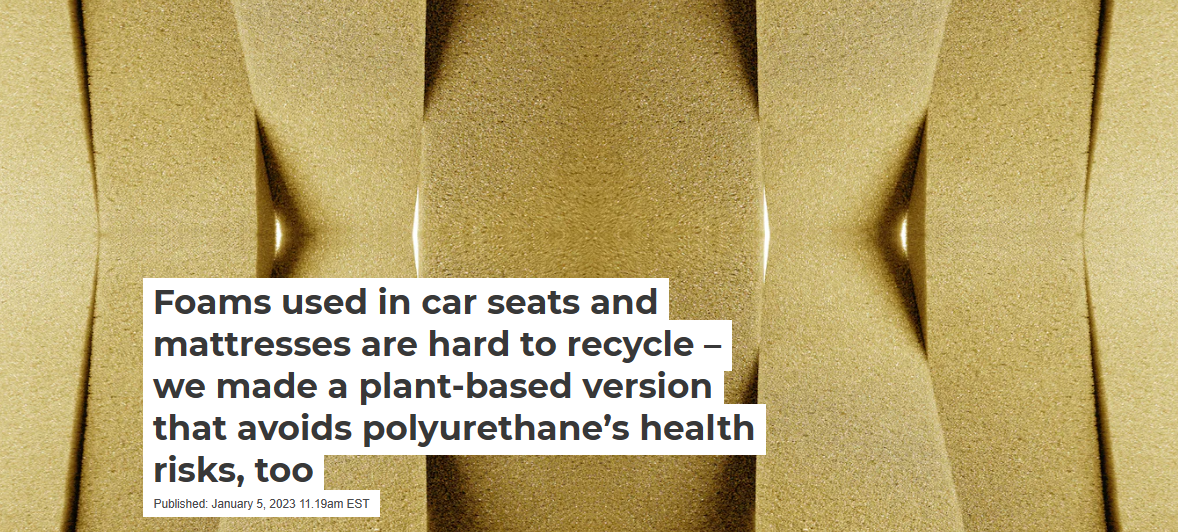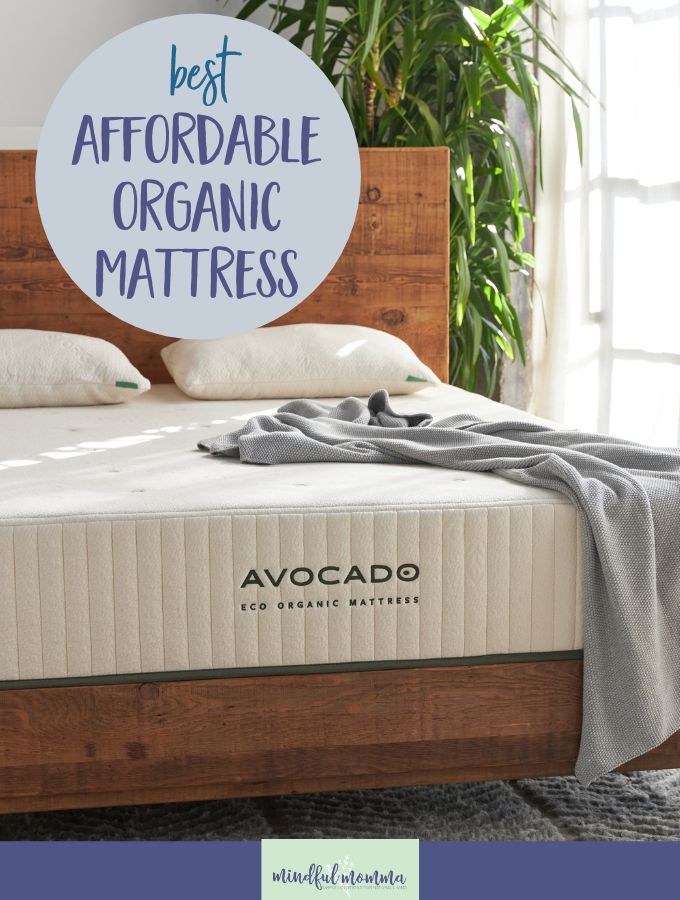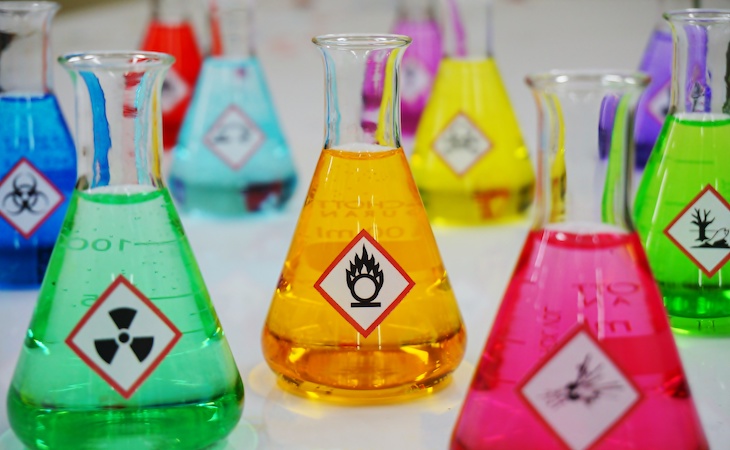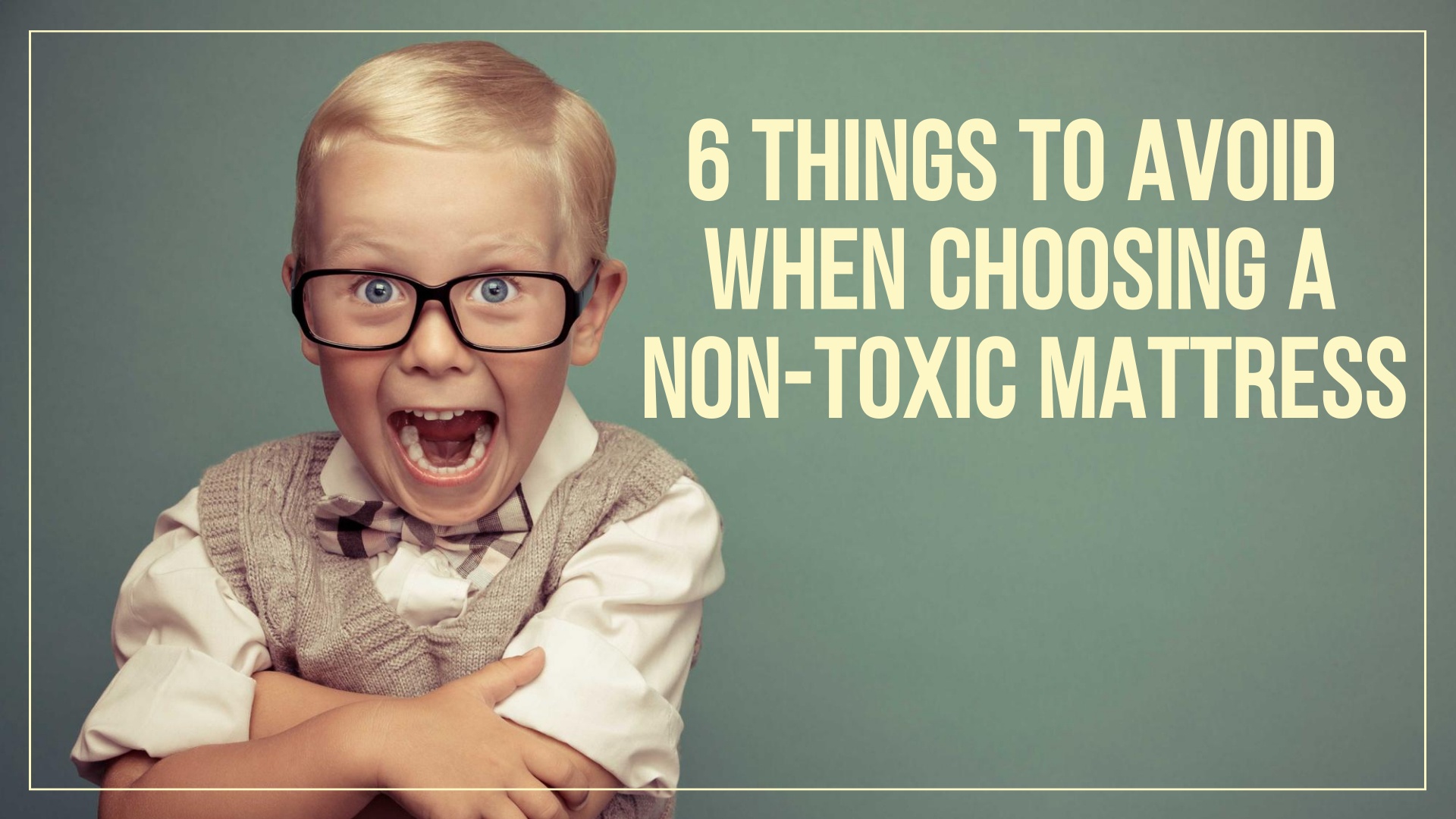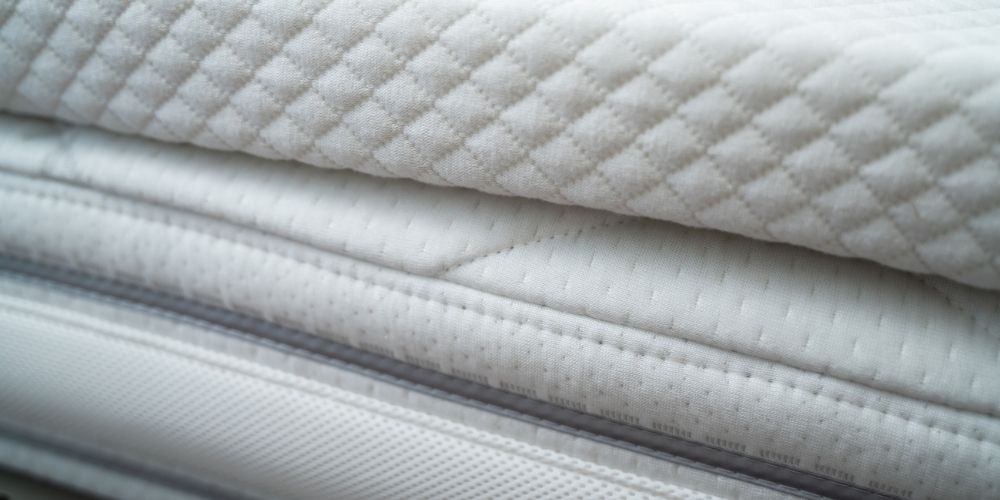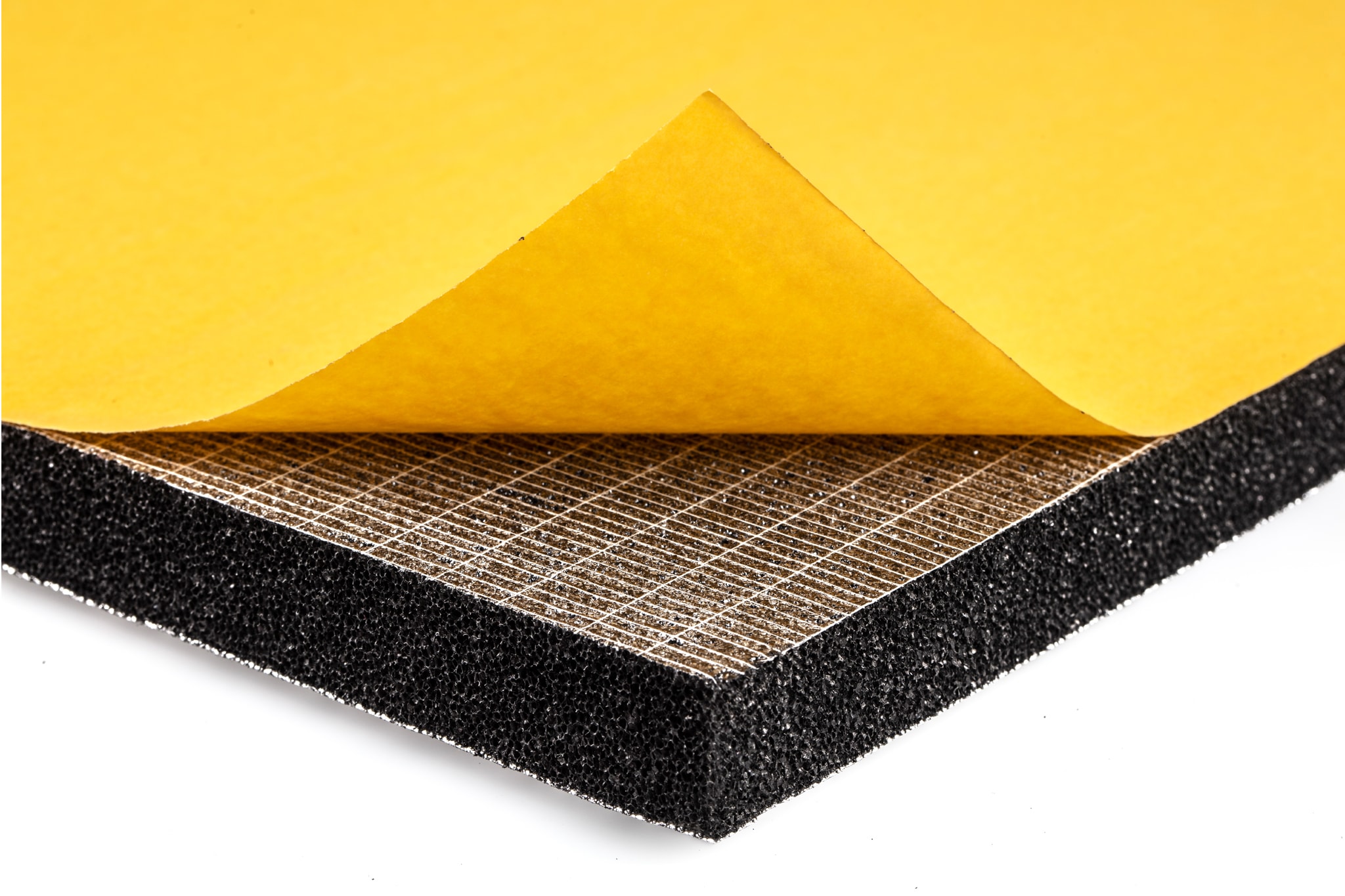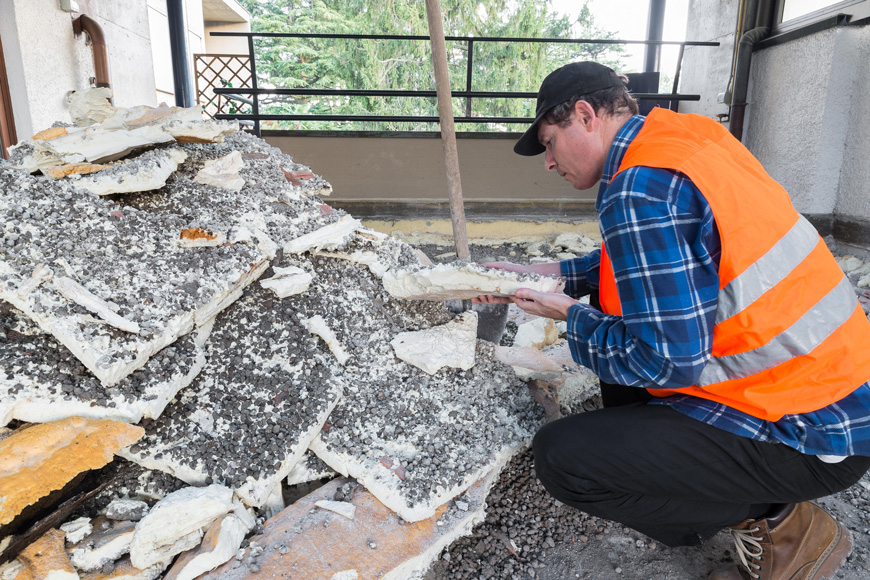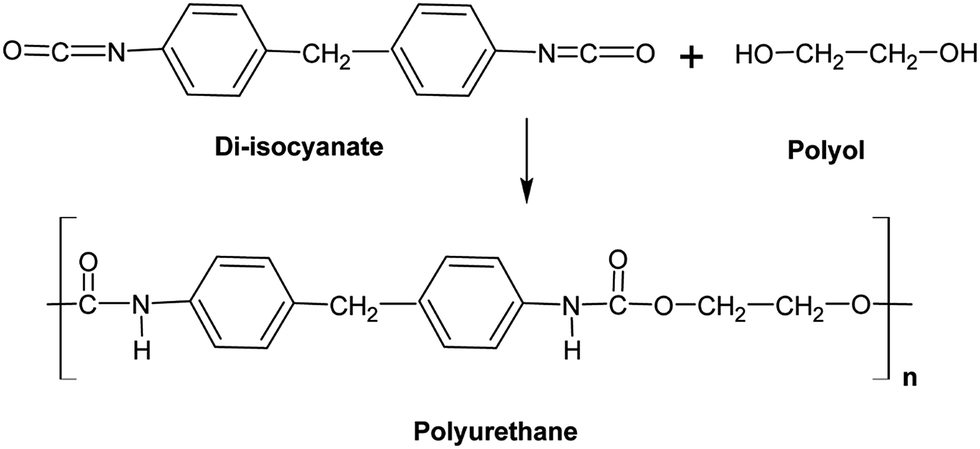What is a Polyurethane Mattress Topper?
If you’re looking to improve the comfort of your mattress, a polyurethane mattress topper may seem like a great solution. These foam toppers are designed to provide extra support and cushioning, making your bed feel like new again. However, before you invest in one, it’s important to understand what polyurethane is and whether it may be harmful to your health.
Is Polyurethane Foam Toxic?
Polyurethane is a synthetic material that is commonly used in foam products, including mattresses and mattress toppers. While it is generally safe to use, there are some concerns about potential toxicity. Polyurethane foam is made up of various chemicals, including volatile organic compounds (VOCs) and flame retardants, which can release harmful fumes into the air.
What are the Dangers of Polyurethane?
The biggest concern with polyurethane foam is the potential for off-gassing. This occurs when the chemicals used in the foam break down and release fumes into the air. These fumes can contain VOCs, which have been linked to a variety of health problems, including respiratory issues, neurological disorders, and even cancer. In addition, some flame retardants used in polyurethane foam have been found to be harmful to human health.
How to Choose a Non-Toxic Mattress Topper
If you’re looking for a mattress topper that won’t expose you to harmful chemicals, there are a few things to keep in mind. First, look for a topper that is certified as low-VOC or free of harmful chemicals. This can include certifications from organizations such as CertiPUR-US or Oeko-Tex. You can also opt for natural materials, such as organic cotton or wool, instead of foam.
Polyurethane Foam and Indoor Air Quality
One of the biggest concerns with polyurethane foam is its effect on indoor air quality. Off-gassing from foam products can contribute to poor air quality in your home, which can lead to a variety of health issues. If you have a polyurethane mattress topper or other foam products in your home, it’s important to regularly air out your space and invest in a good air purifier to reduce the amount of harmful chemicals in the air.
Eco-Friendly Alternatives to Polyurethane Mattress Toppers
If you’re looking for a more environmentally friendly option for your mattress topper, there are plenty of alternatives to polyurethane foam. Natural latex, for example, is a popular choice for mattress toppers and is made from the sap of rubber trees. It is naturally hypoallergenic and resistant to dust mites, making it a great option for those with allergies. Wool and organic cotton are also eco-friendly options that provide comfort and support without the use of harmful chemicals.
Polyurethane Foam and Off-Gassing
Off-gassing is a common concern with polyurethane foam, and it’s important to note that this process can continue for years after the initial off-gassing period. This means that, even if you don’t notice a strong odor when you first bring a polyurethane mattress topper into your home, it may still be releasing harmful fumes into the air. This is why it’s important to choose a non-toxic mattress topper and regularly air out your space.
Health Risks of Sleeping on a Polyurethane Mattress Topper
Sleeping on a polyurethane mattress topper can expose you to a variety of health risks, especially if you have sensitivities or allergies to the chemicals used in the foam. These risks include respiratory issues, headaches, skin irritation, and more. In addition, the flame retardants used in foam products have been linked to serious health concerns, so it’s important to choose a safer alternative if possible.
How to Avoid Toxic Chemicals in Mattress Toppers
Avoiding toxic chemicals in your mattress topper starts with understanding what materials are used in its production. Look for products that are certified as low-VOC or free of harmful chemicals, and opt for natural materials whenever possible. It’s also important to regularly air out your space and invest in a good air purifier to reduce the amount of harmful fumes in your home.
Polyurethane Foam and Environmental Impact
In addition to potential health risks, polyurethane foam also has a significant environmental impact. The production of this foam requires the use of non-renewable resources and releases harmful chemicals into the environment. When disposed of, foam products can also take a long time to break down and can release harmful chemicals into the soil and water. Choosing eco-friendly alternatives to polyurethane foam can help reduce your carbon footprint and lessen your impact on the environment.
The Harmful Effects of Polyurethane Mattress Toppers

Understanding the Dangers of Polyurethane
 Polyurethane is a synthetic material widely used in the manufacturing of various products, including mattresses and mattress toppers. It is a popular choice due to its durability, affordability, and versatility. However, what many people are not aware of is that polyurethane contains harmful chemicals that can have adverse effects on our health and the environment.
Polyurethane foam is made from a combination of petroleum-based chemicals, including toluene diisocyanate (TDI) and methylene diphenyl diisocyanate (MDI). These chemicals have been linked to numerous health concerns, including respiratory problems, skin irritation, and even cancer. In addition, polyurethane foam releases volatile organic compounds (VOCs) into the air, which can cause headaches, dizziness, and irritation to the eyes, nose, and throat.
Polyurethane is a synthetic material widely used in the manufacturing of various products, including mattresses and mattress toppers. It is a popular choice due to its durability, affordability, and versatility. However, what many people are not aware of is that polyurethane contains harmful chemicals that can have adverse effects on our health and the environment.
Polyurethane foam is made from a combination of petroleum-based chemicals, including toluene diisocyanate (TDI) and methylene diphenyl diisocyanate (MDI). These chemicals have been linked to numerous health concerns, including respiratory problems, skin irritation, and even cancer. In addition, polyurethane foam releases volatile organic compounds (VOCs) into the air, which can cause headaches, dizziness, and irritation to the eyes, nose, and throat.
The Risks of Sleeping on a Polyurethane Mattress Topper
Safe Alternatives for a Healthier Sleep
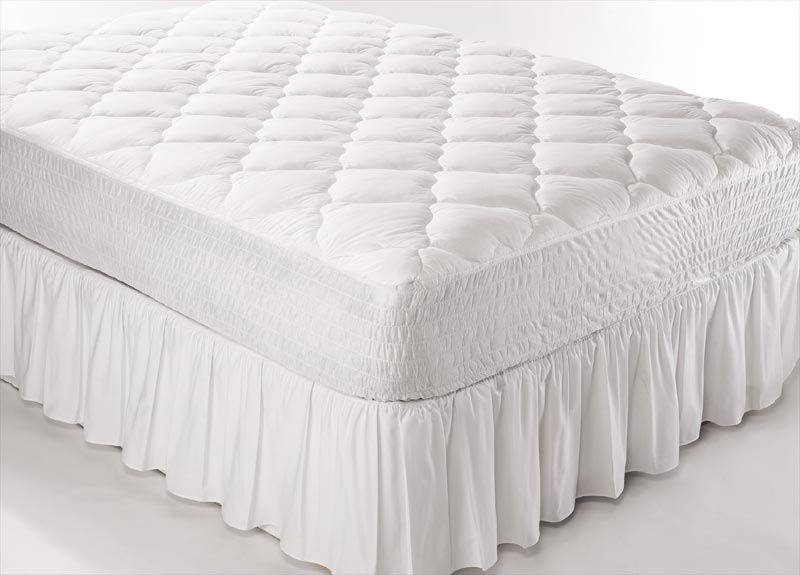 Fortunately, there are safer alternatives to polyurethane mattress toppers that can still provide the desired comfort and support. Natural materials such as organic cotton, wool, and natural latex are becoming increasingly popular in the bedding industry. These materials are free from harmful chemicals and are biodegradable, making them more environmentally friendly.
In addition, investing in an organic or natural mattress topper can also improve the overall indoor air quality of your bedroom. By choosing non-toxic materials, you can reduce your exposure to harmful chemicals and create a healthier sleeping environment.
In conclusion, while polyurethane foam may seem like a convenient and cost-effective option for a mattress topper, it is important to be aware of the potential dangers it poses. By opting for safer and more natural materials, you can not only improve your own health but also contribute to a more sustainable and eco-friendly lifestyle.
Fortunately, there are safer alternatives to polyurethane mattress toppers that can still provide the desired comfort and support. Natural materials such as organic cotton, wool, and natural latex are becoming increasingly popular in the bedding industry. These materials are free from harmful chemicals and are biodegradable, making them more environmentally friendly.
In addition, investing in an organic or natural mattress topper can also improve the overall indoor air quality of your bedroom. By choosing non-toxic materials, you can reduce your exposure to harmful chemicals and create a healthier sleeping environment.
In conclusion, while polyurethane foam may seem like a convenient and cost-effective option for a mattress topper, it is important to be aware of the potential dangers it poses. By opting for safer and more natural materials, you can not only improve your own health but also contribute to a more sustainable and eco-friendly lifestyle.




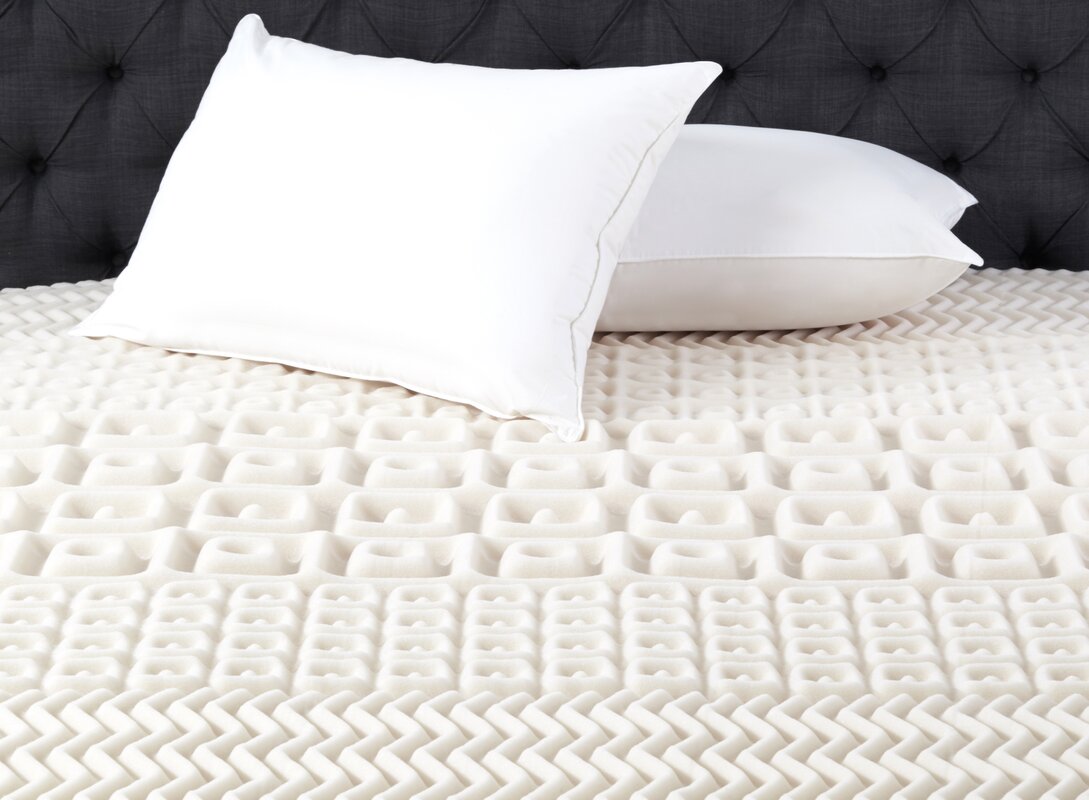

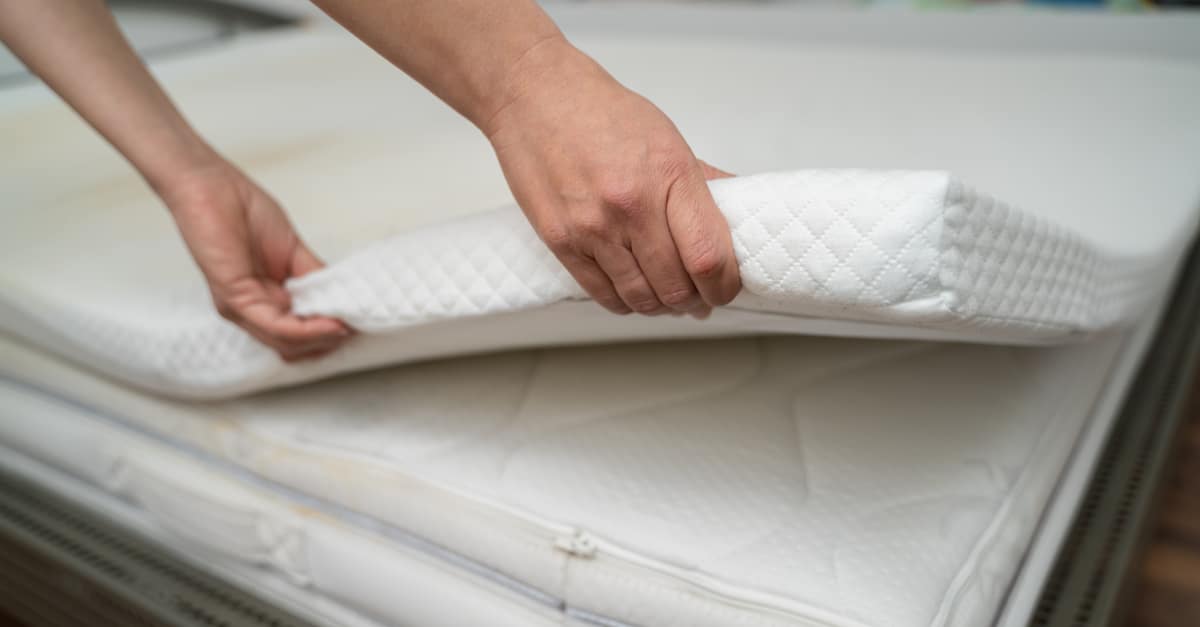
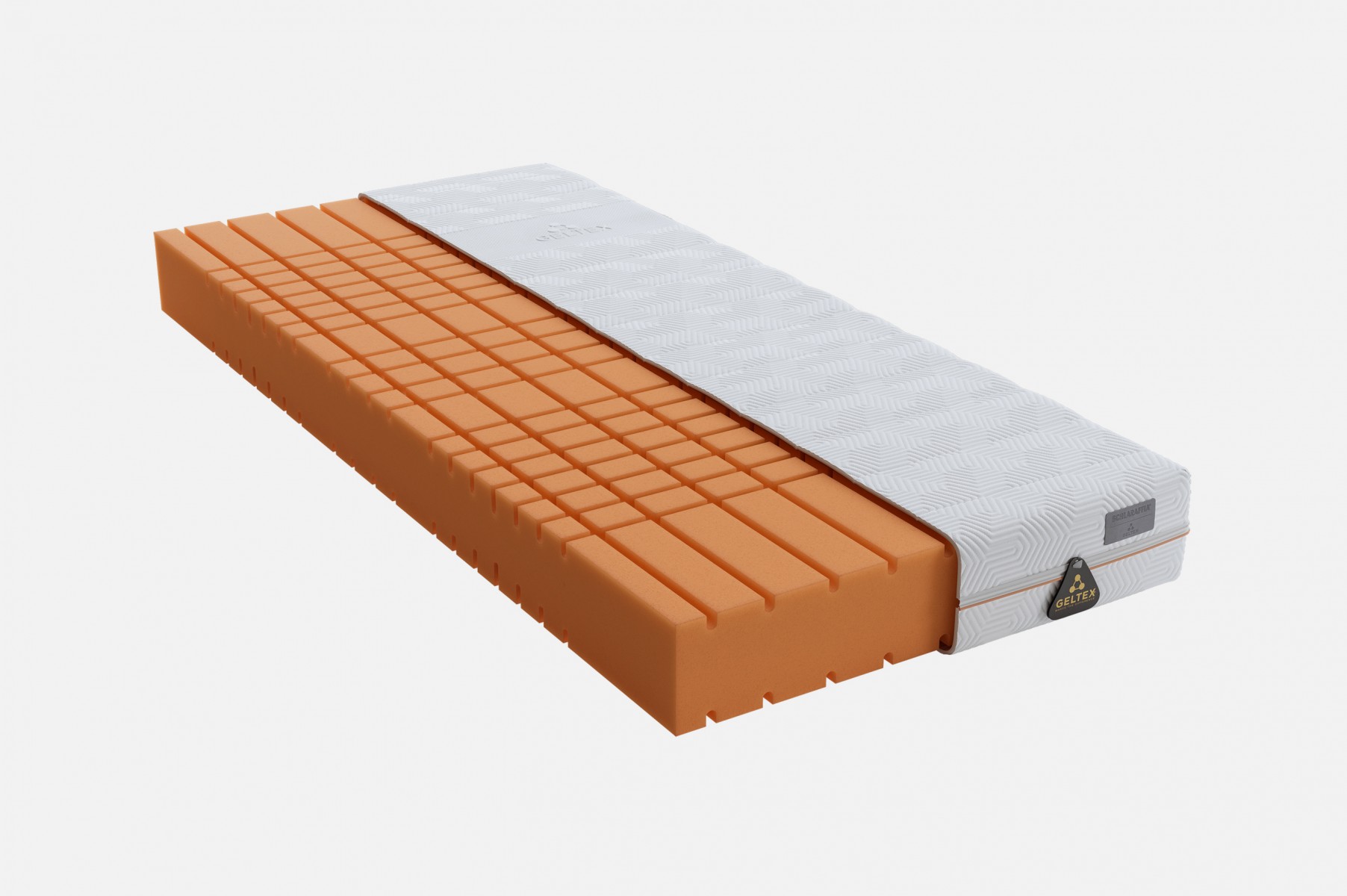

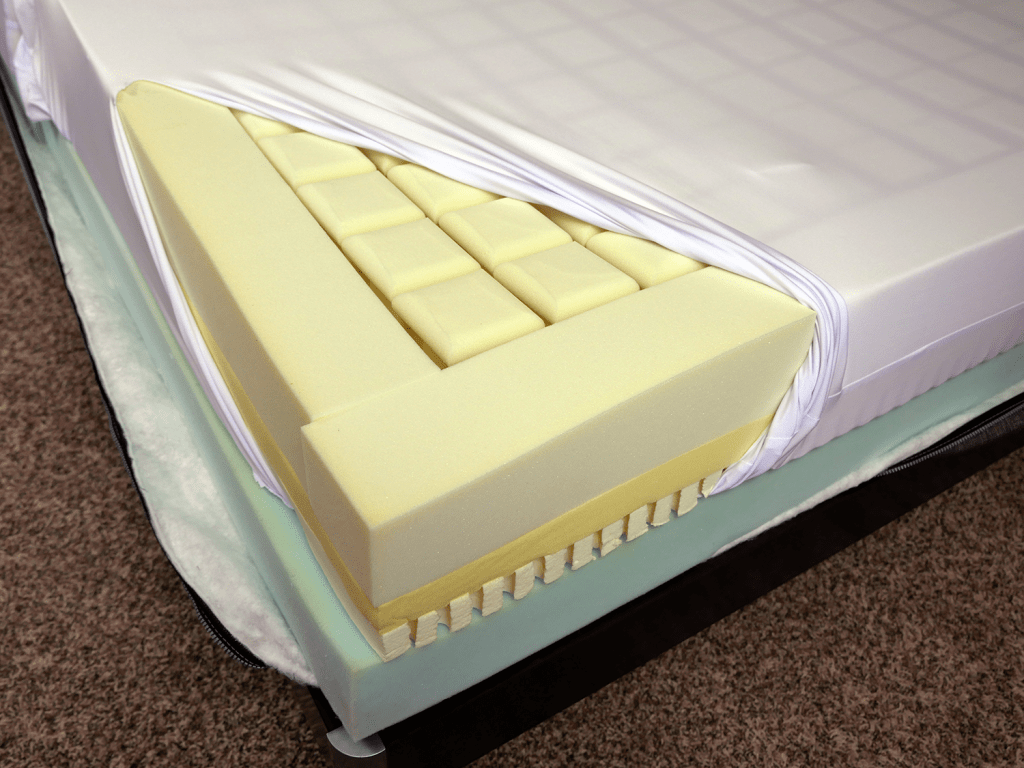




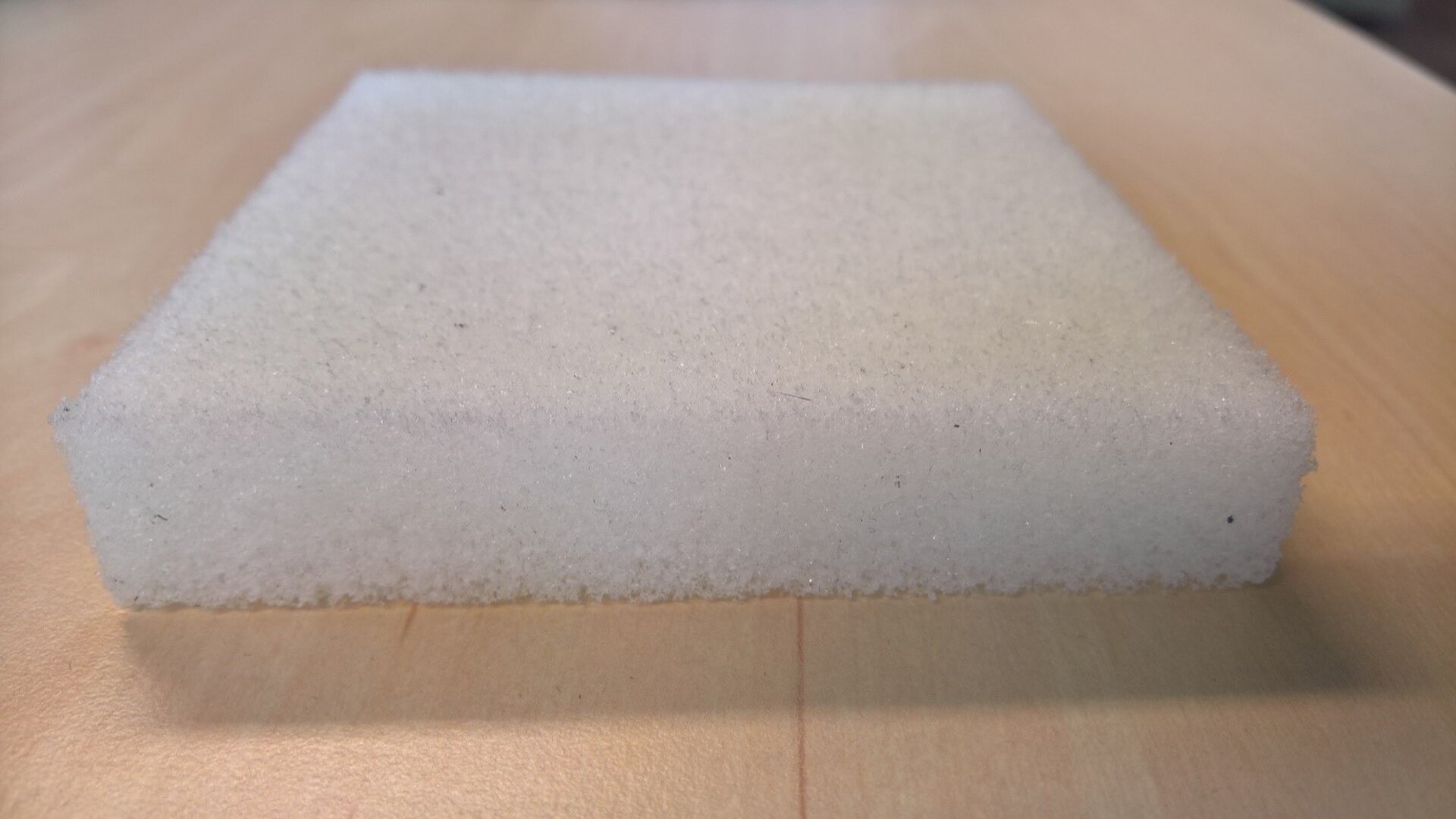
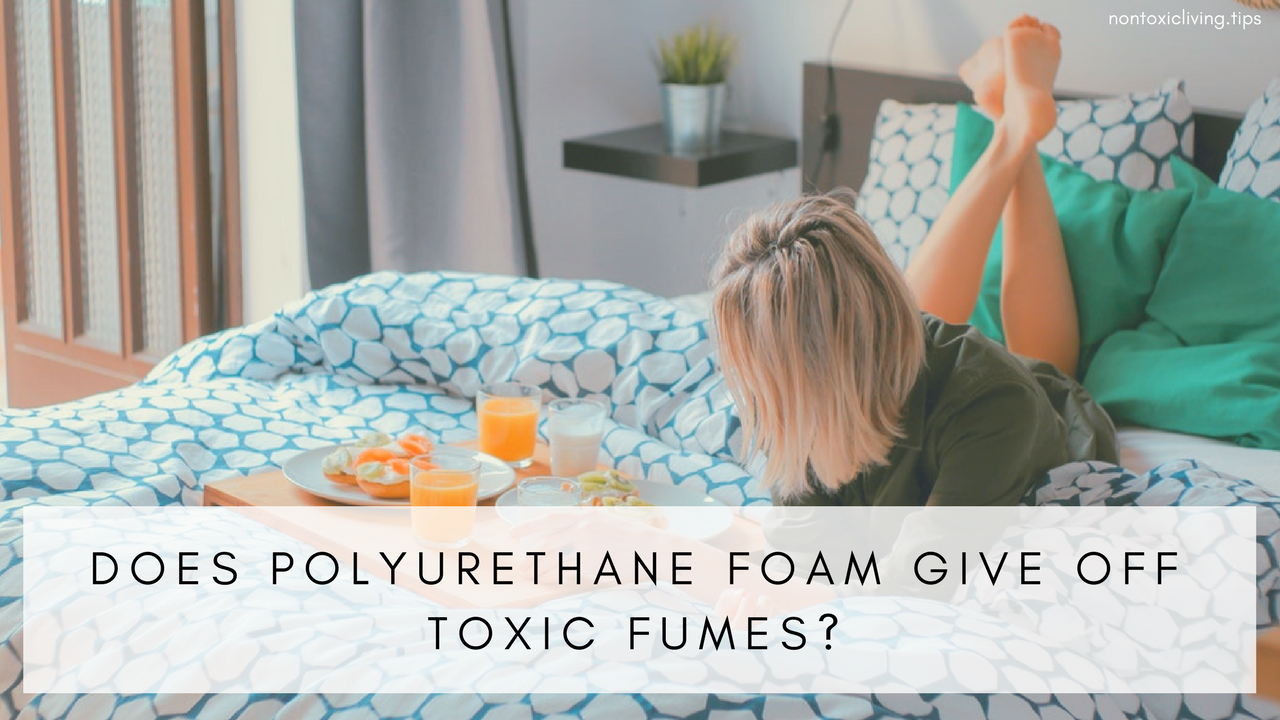
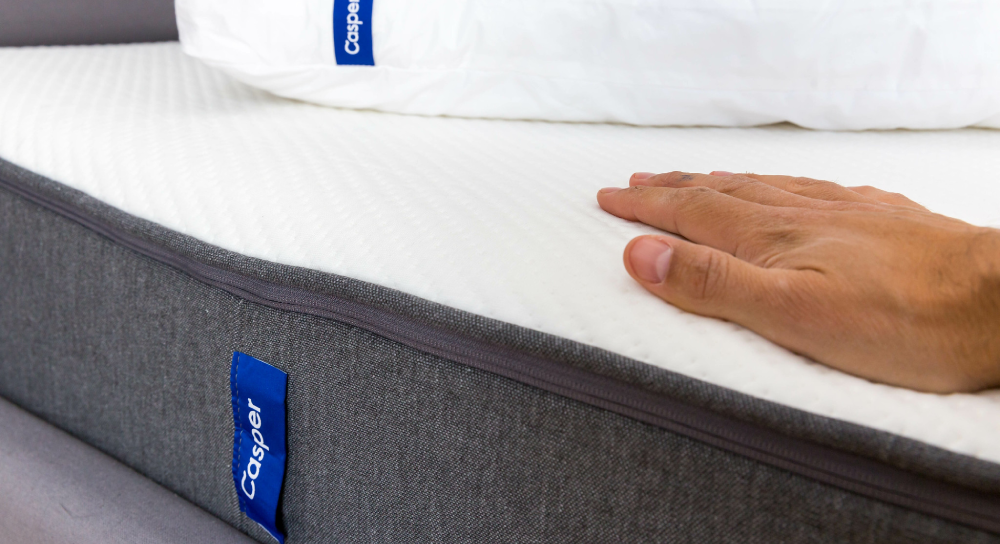
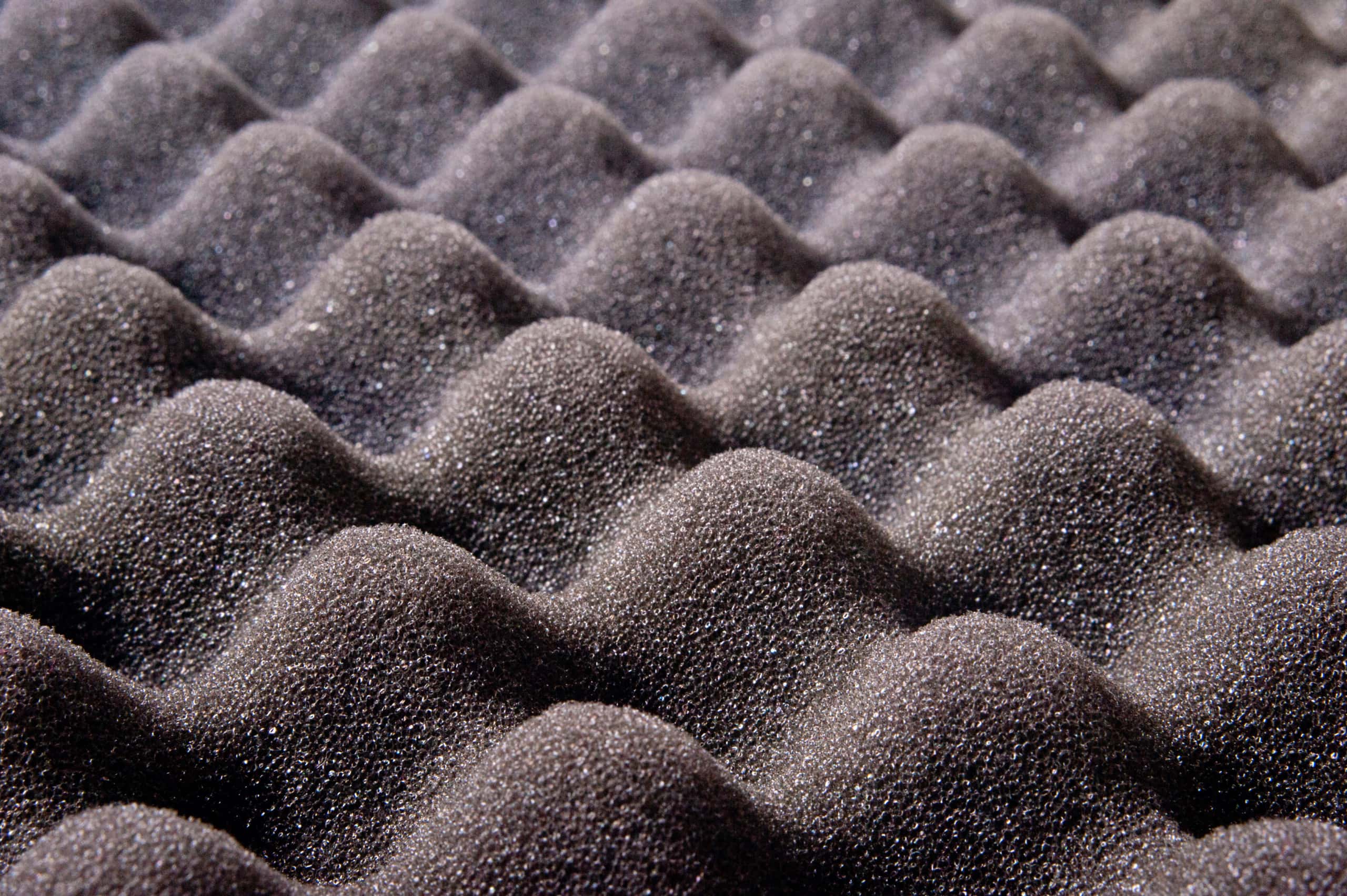
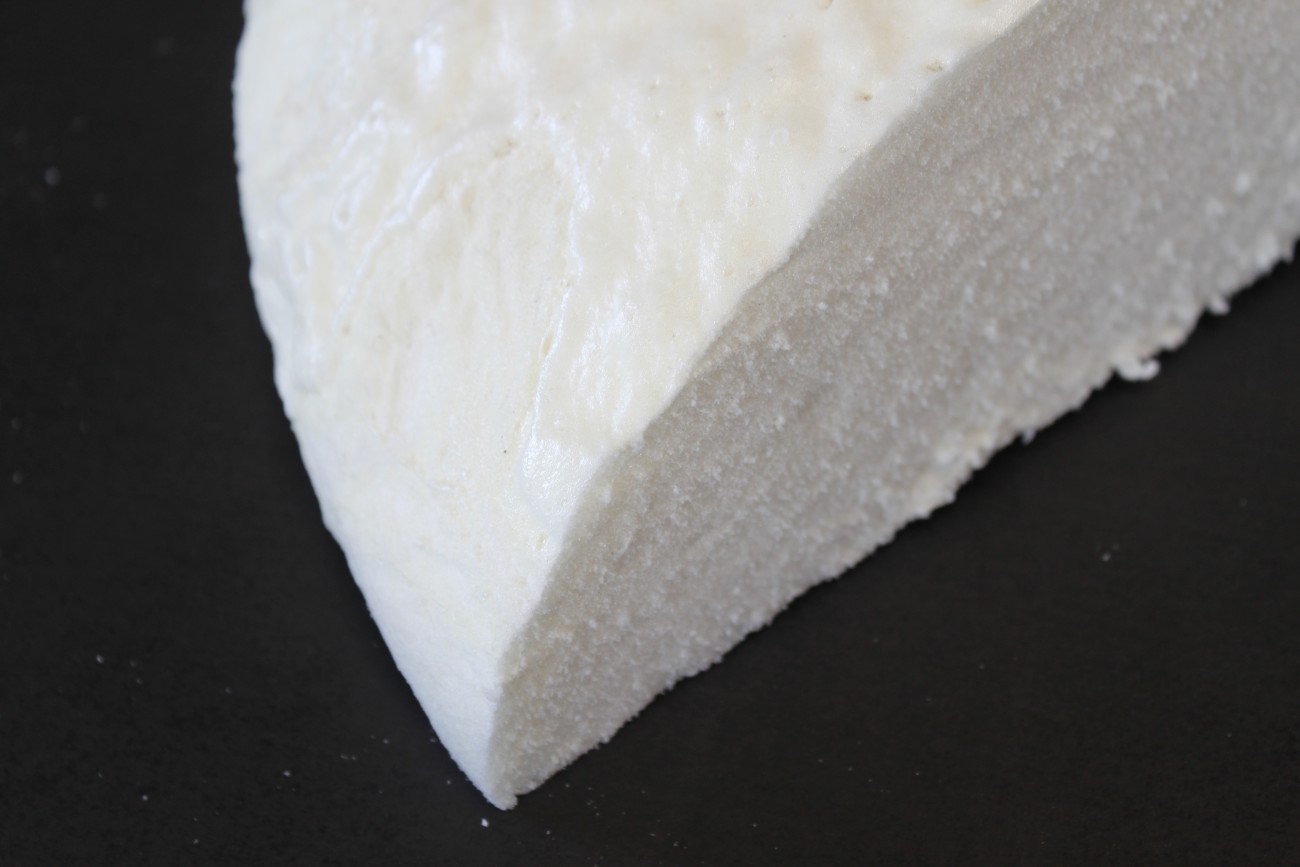

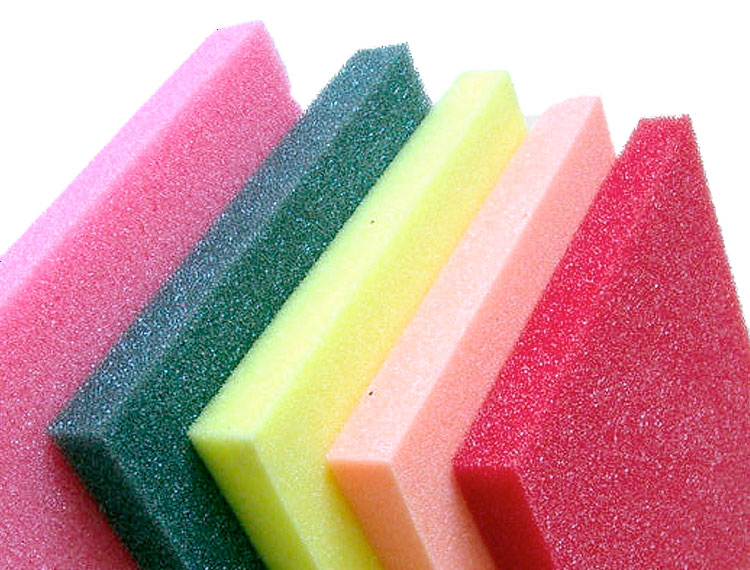

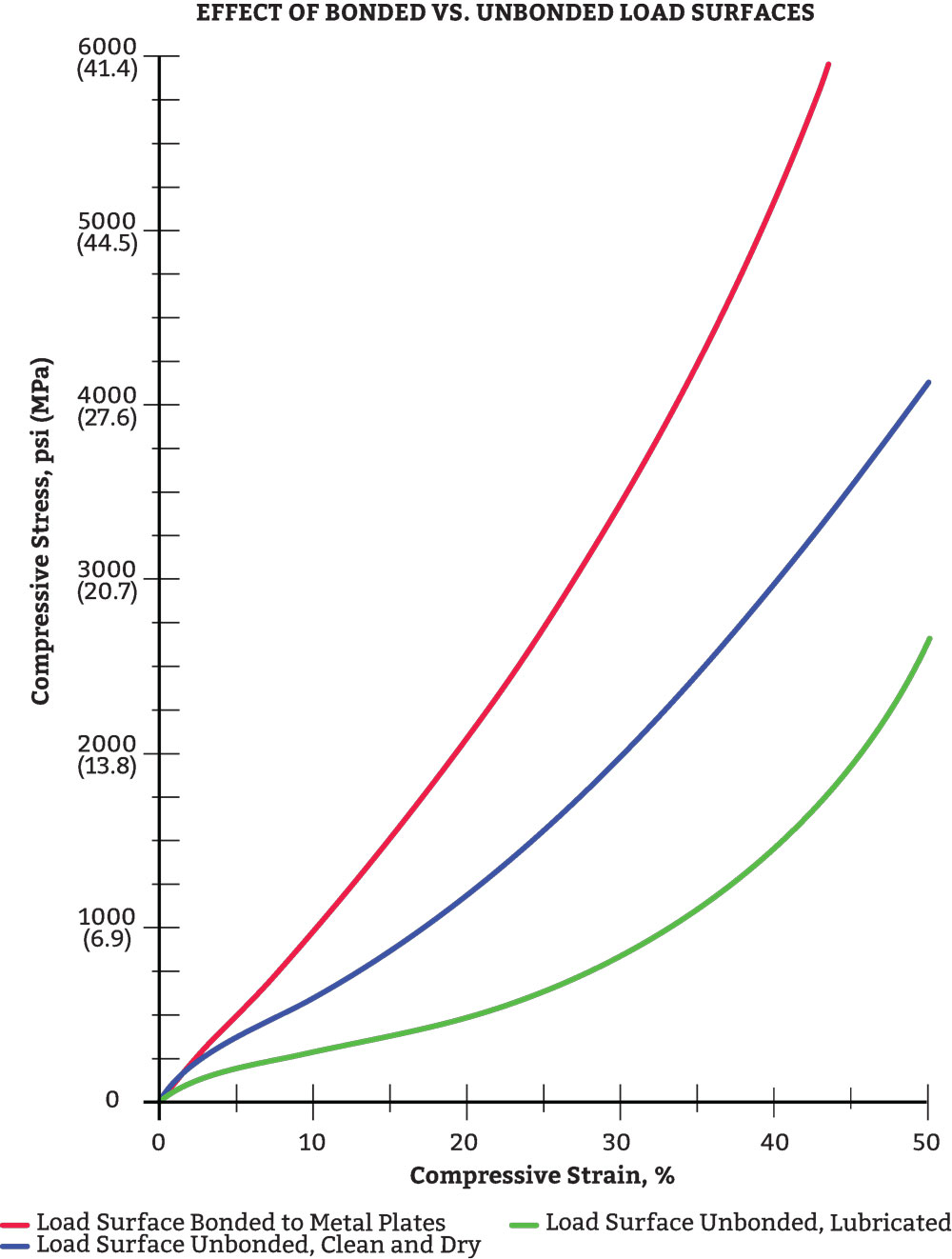
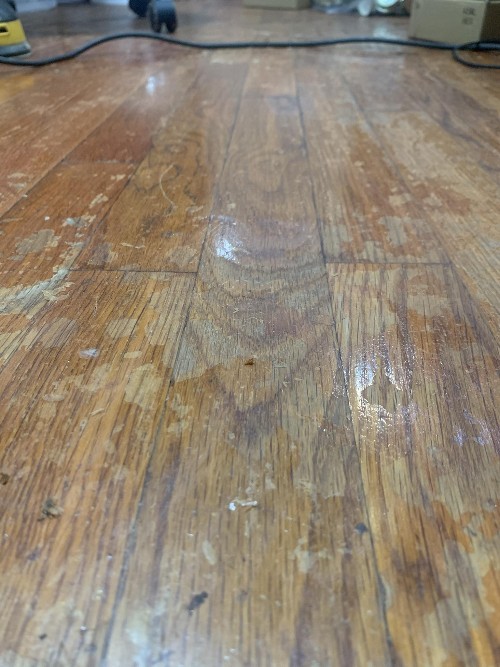
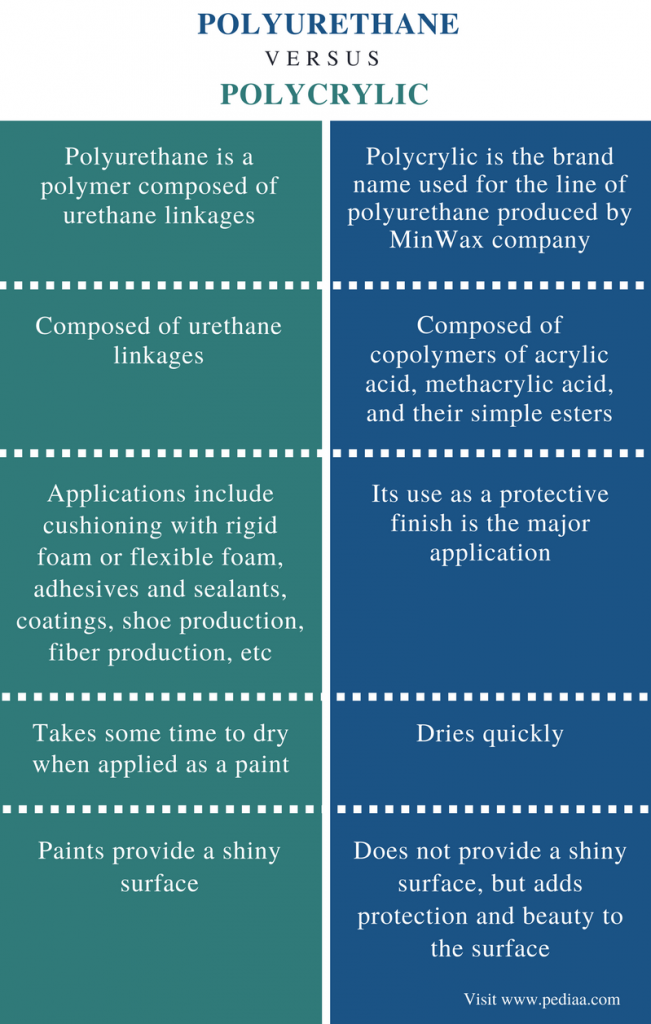
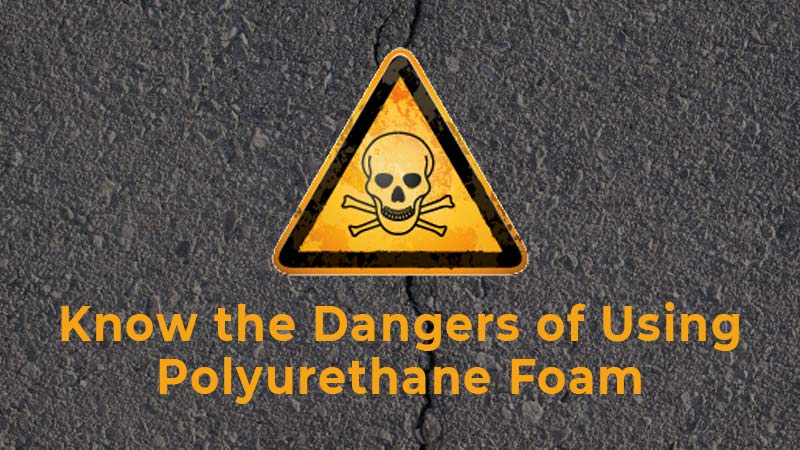
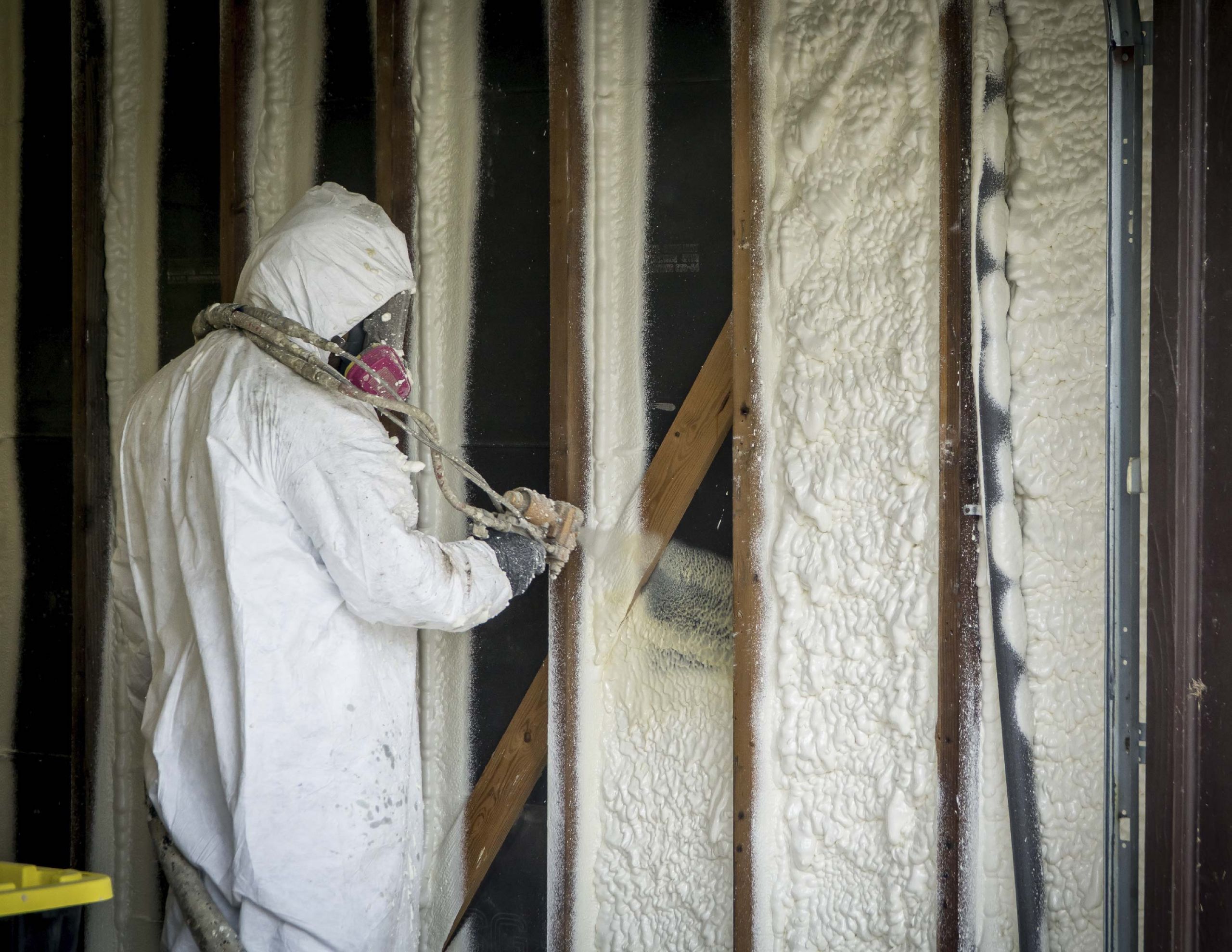
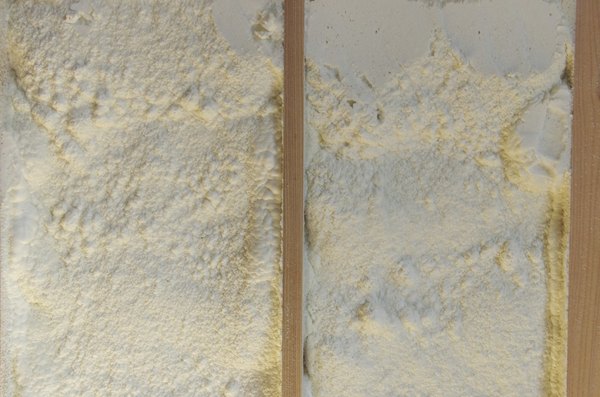




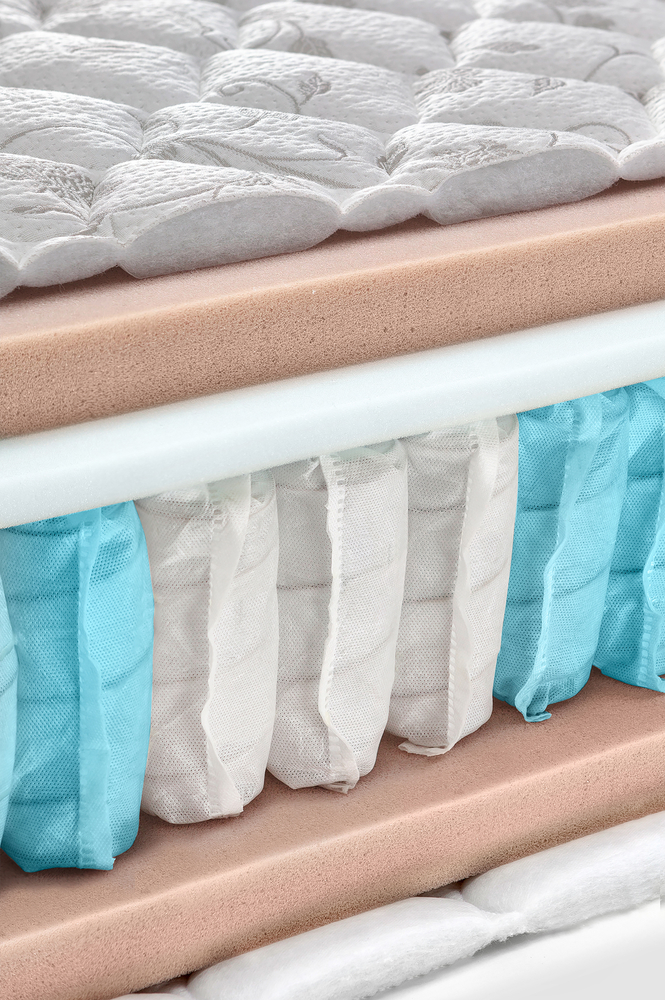



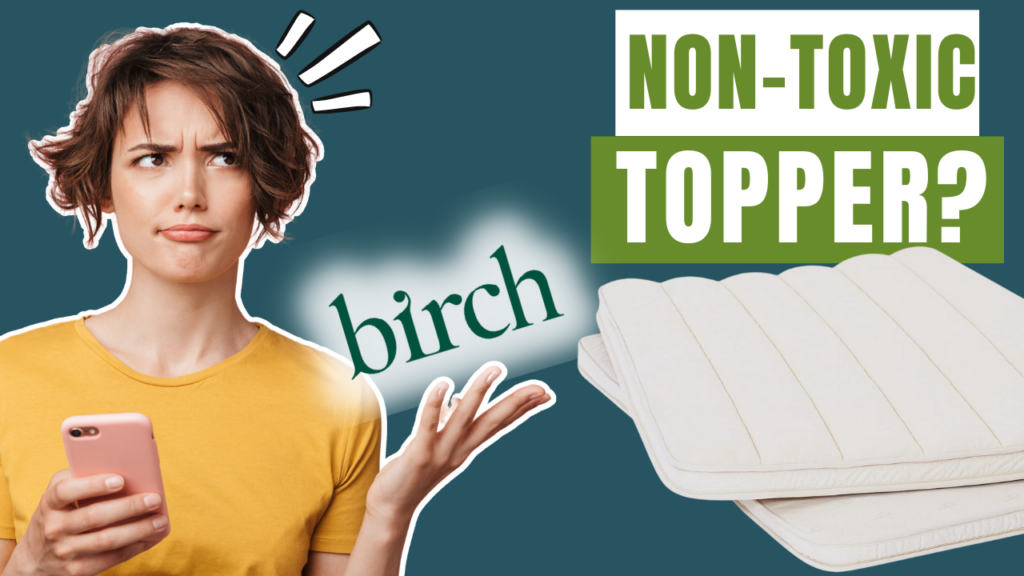



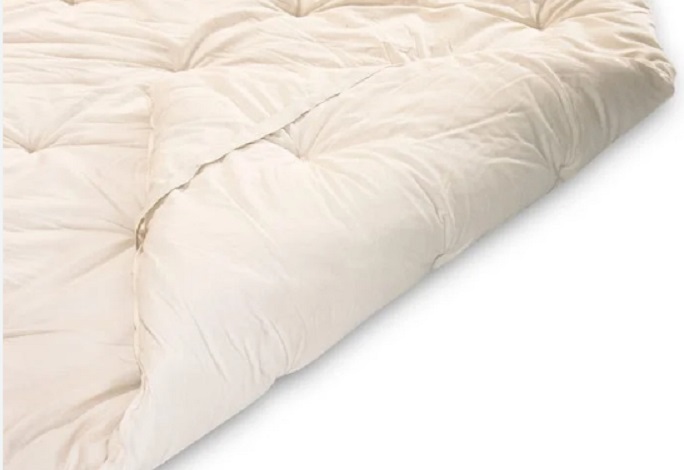
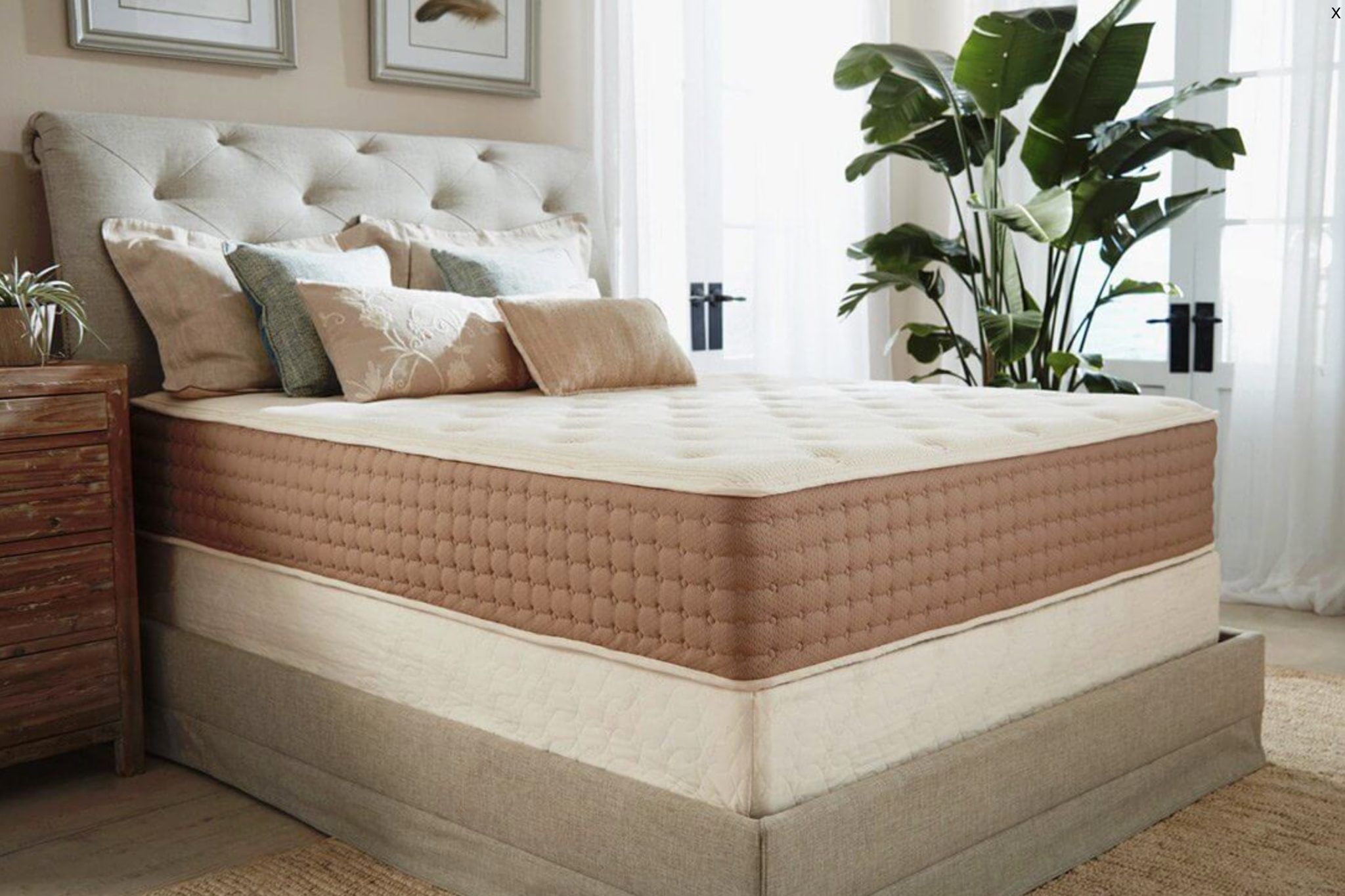





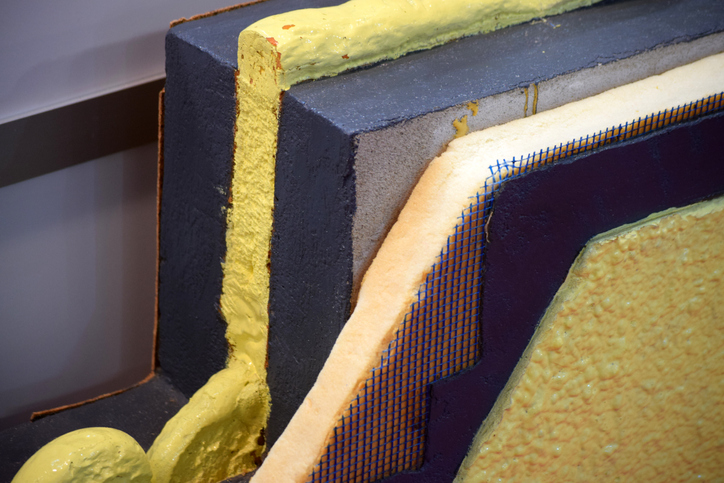
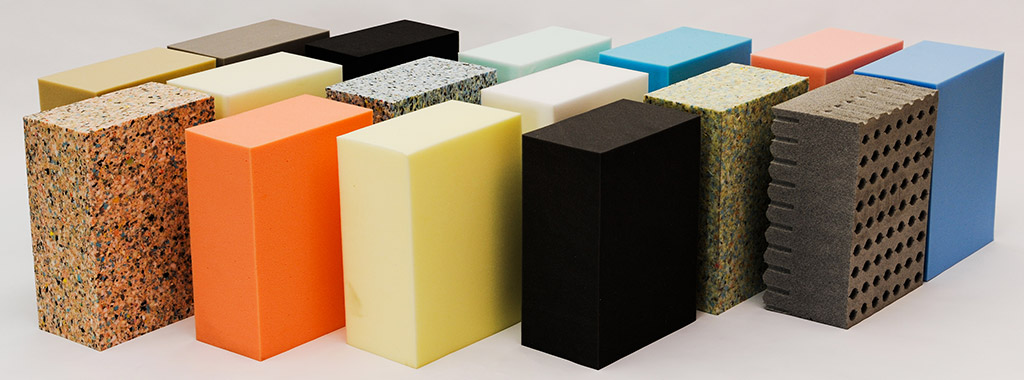
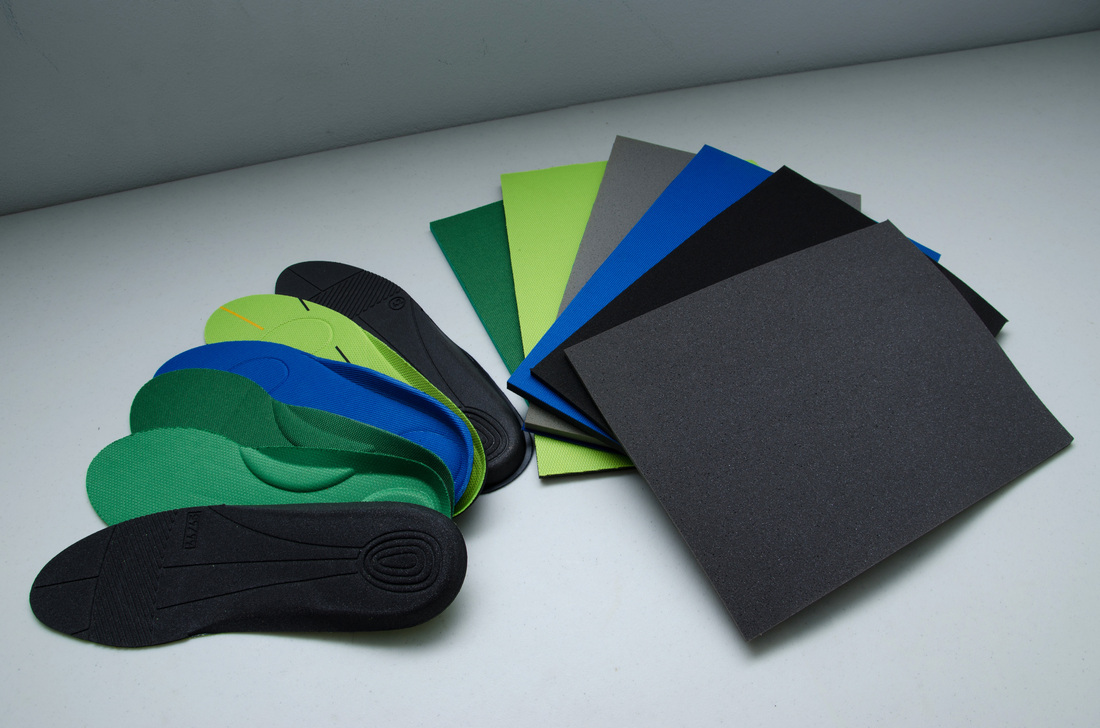




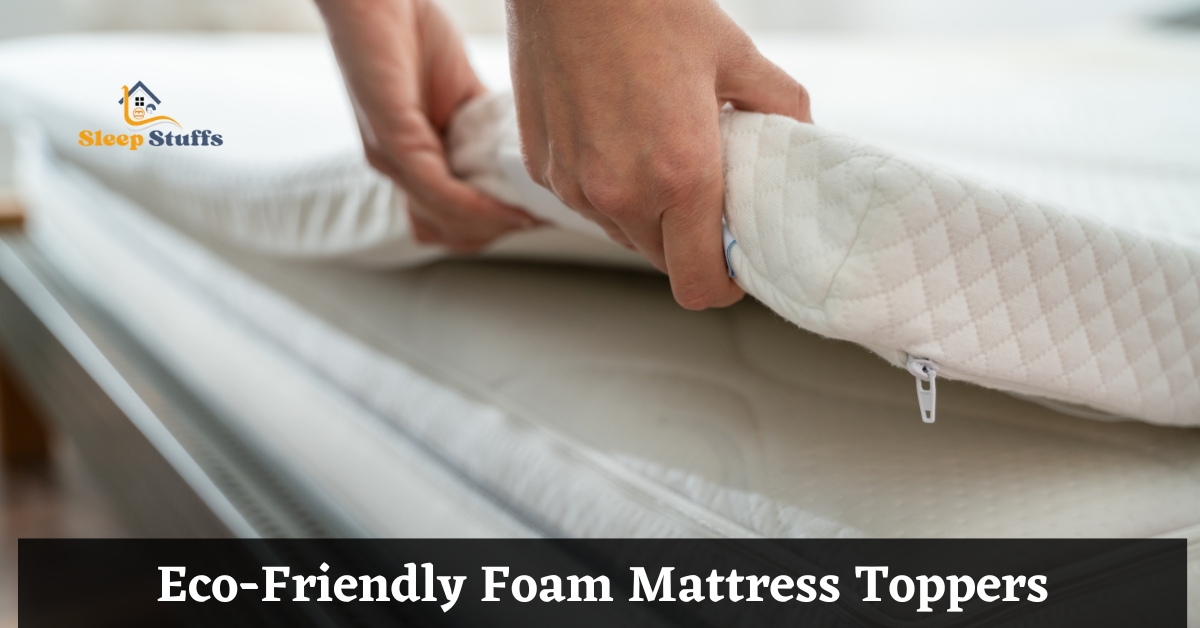











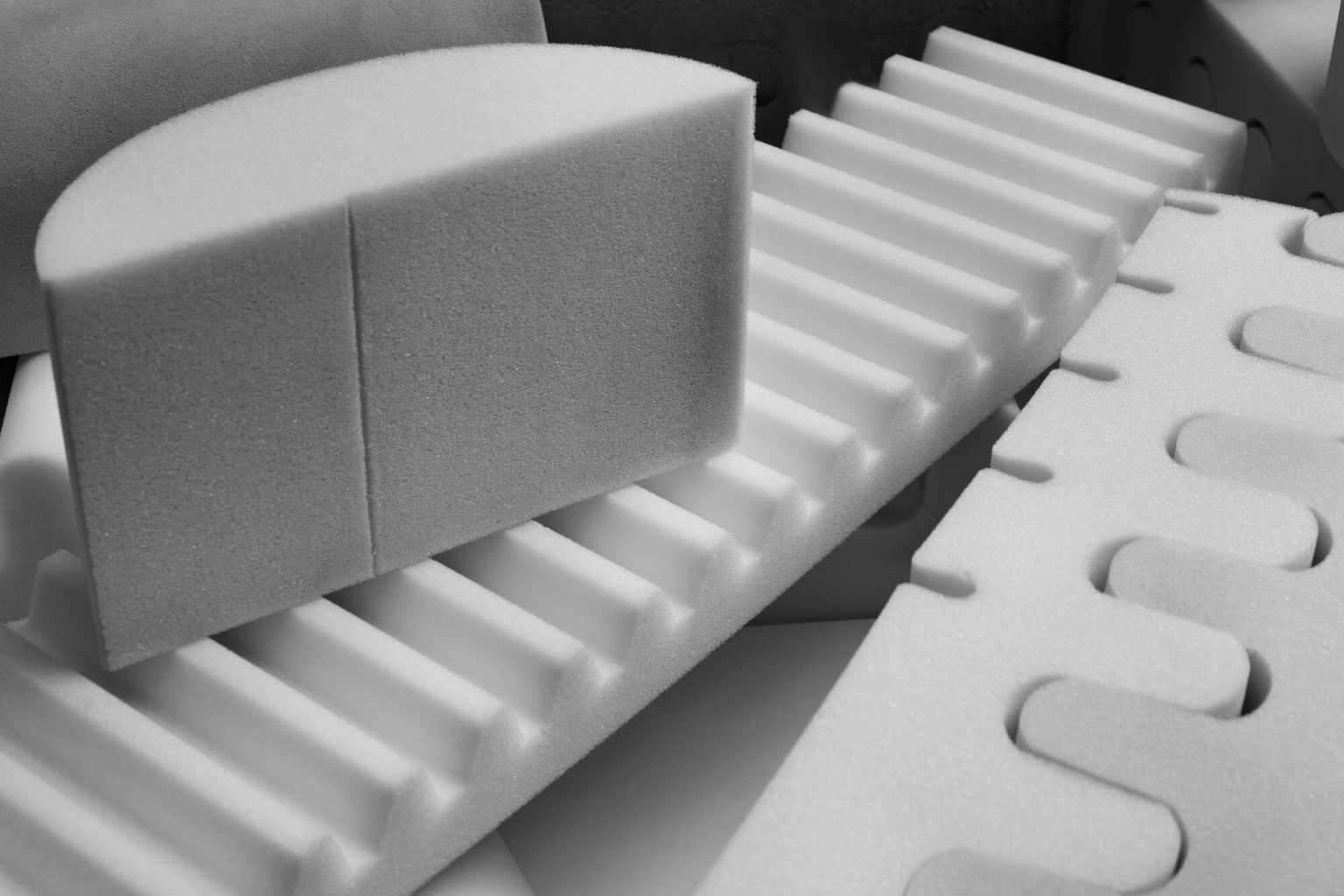

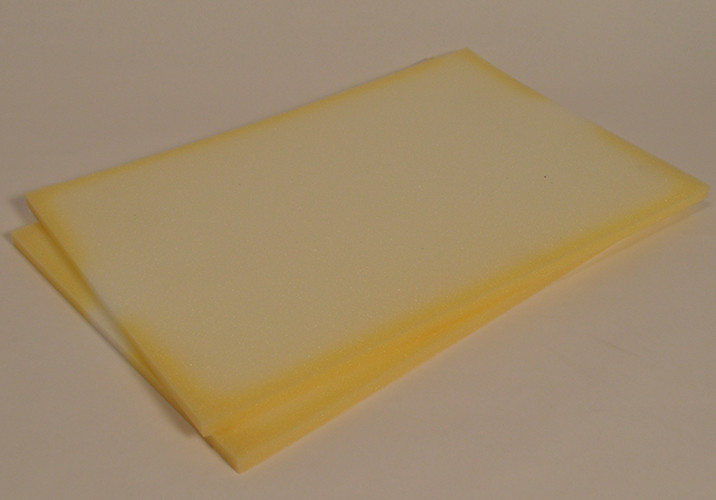

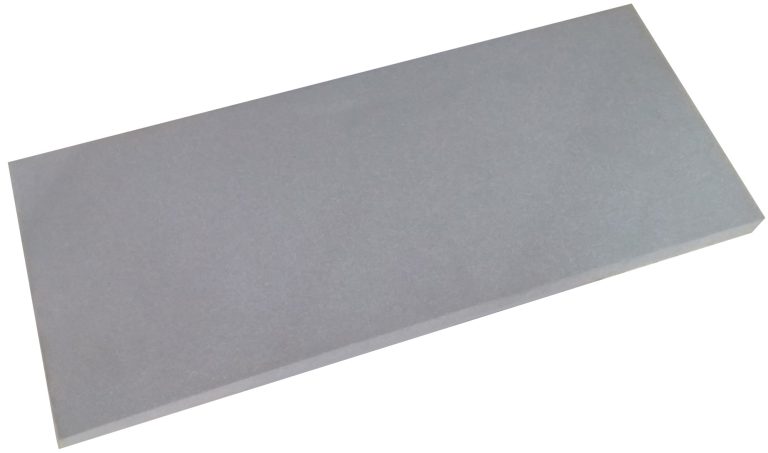





:max_bytes(150000):strip_icc()/what-are-the-symptoms-of-sleep-deprivation-3015161_color4-5b42c4ddc9e77c00374089b8.png)

